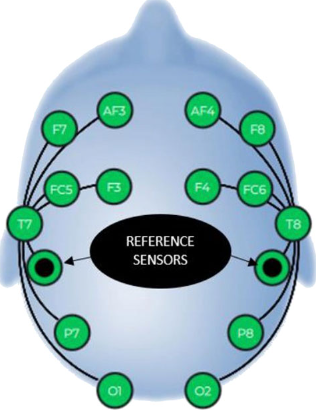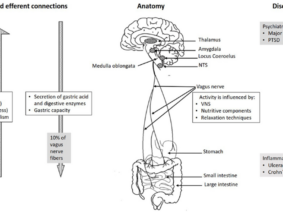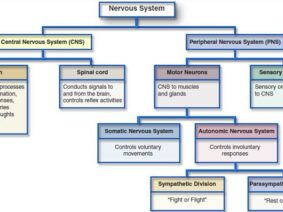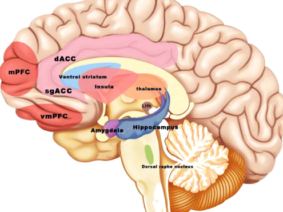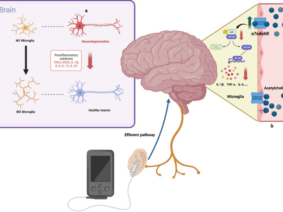What is auricular vagus nerve stimulation and how does it work?
Auricular vagus nerve stimulation (VNS) is a non-invasive therapy that involves stimulating the vagus nerve through the ear’s auricle. The vagus nerve, a cranial nerve crucial for regulating the autonomic nervous system (ANS) responsible for functions like heart rate, digestion, and breathing. By activating the vagus nerve, auricular VNS can modulate the central nervous system (CNS) and ANS, yielding various physiological and psychological benefits. These include pain relief, reduced inflammation, enhanced mood, improved cognitive function, and more.
What were the results of the EEG and EMG measurements before and after the VNS session?
The study revealed that auricular vagus nerve stimulation (VNS) can effectively influence EEG and EMG activity in healthy individuals. In the left auricular VNS group, there was a significant increase in theta and alpha frequency band power in specific brain regions after stimulation, while low beta, high beta, and gamma power decreased significantly across the brain. Additionally, bilateral auricular VNS led to a substantial increase in mean activation values for wrist extensor muscles. However, there were no significant changes in maximum isometric hand grip strength in any of the three groups post-auricular VNS when compared to the pre-stimulation results.
How might the findings of this study be applied in clinical settings?
The study’s findings suggest that auricular vagus nerve stimulation (VNS) holds promise as a non-invasive treatment option for various clinical conditions. Modulating EEG and EMG activity, as observed in the study, may offer potential benefits in managing chronic pain, depression, anxiety, and cognitive issues. Furthermore, the enhanced wrist extensor muscle activation seen in this research could support motor rehabilitation for patients with deficits. Nevertheless, additional research is crucial to comprehensively grasp the underlying mechanisms and determine the optimal clinical parameters for auricular VNS.
The impact of auricular VNS on EEG and EMG activity depends on the stimulated ear and the frequency of stimulation. These findings indicate that the ideal parameters for auricular VNS may vary according to the specific clinical issue addressed. Identifying these effective stimulation parameters allows for the customization of existing devices, ensuring they are precisely tuned for specific clinical applications to maximize the therapeutic advantages of auricular VNS.
How might the findings of this study contribute to our understanding of the role of the vagus nerve in regulating the autonomic nervous system?
Auricular vagus nerve stimulation (VNS) can influence the interplay between the autonomic nervous system (ANS) and the central nervous system (CNS) through its impact on corticospinal tracts. As the primary nerve of the parasympathetic nervous system, the vagus nerve plays a pivotal role in ANS regulation and homeostasis maintenance. This study’s demonstration of auricular VNS effects on EEG and EMG activity sheds light on the potential mechanisms underlying VNS’s modulation of the ANS and CNS. This insight enhances our understanding of the vagus nerve’s role in ANS regulation and lays a foundation for developing innovative treatments for neurological and psychiatric disorders.
References:
- Konakoğlu Gülşah, Özden Ali Veysel, Solmaz Hakan, & Bildik Celaleddin. (2023). The effect of auricular vagus nerve stimulation on electroencephalography and electromyography measurements in healthy persons. Frontiers in Physiology, 14. https://www.frontiersin.org/articles/10.3389/fphys.2023.1215757
